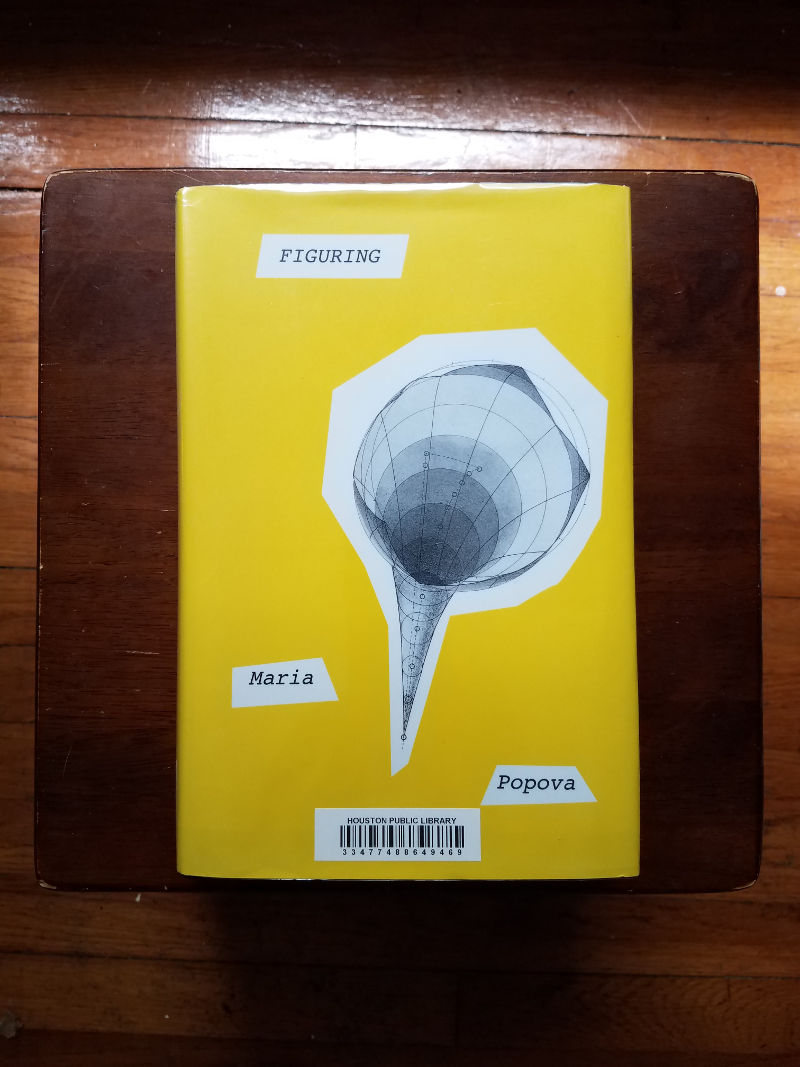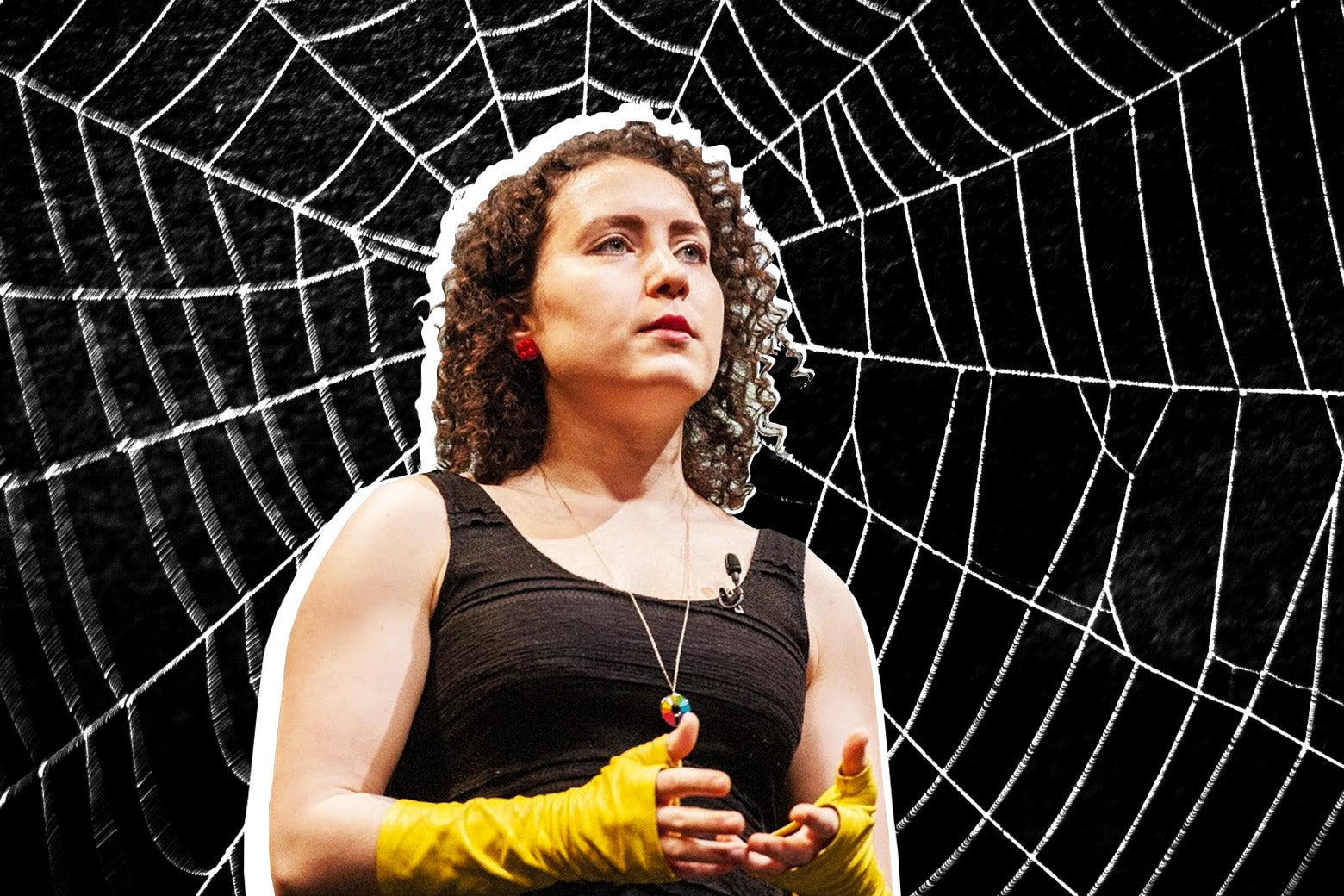



I like, too, that the Trail honors the principles as well as the person.īut as I step where perhaps Rachel Carson once stepped, I do not think of her gender, nor do I wonder if she had a lover. I know, of course, the larger principles espoused by Carson and believe them without reservation. I have thought more than once that the worn path I was on may have been trod by the young Rachel Carson. I go there for solitary hikes, to think, to remember, to plan or just to enjoy the flora and fauna.

But I think Rachel Carson would have been happier with another eponymous honor: The Rachel Carson Trail, a dozen miles north of her bridge and only a short drive from me. That’s nice and all having a bridge named after you, I mean. The more prominent ones downtown have been named for local celebrities: Andy Warhol, Roberto Clemente, David McCullough. The city of Pittsburgh has 446 bridges, more than Venice, and actually more than any city in the world. Among them are the astronomer Maria Mitchell, who paved the way for women in science the sculptor Harriet Hosmer, who did the same in art the journalist and literary critic Margaret Fuller, who sparked the feminist movement and the poet Emily Dickinson.Įmanating from these lives are larger questions about the measure of a good life and what it means to leave a lasting mark of betterment on an imperfect world: Are achievement and acclaim enough for happiness? Is genius? Is love? Weaving through the narrative is a set of peripheral figures-Ralph Waldo Emerson, Charles Darwin, Elizabeth Barrett Browning, Herman Melville, Frederick Douglass, Nathaniel Hawthorne, and Walt Whitman-and a tapestry of themes spanning music, feminism, the history of science, the rise and decline of religion, and how the intersection of astronomy, poetry, and Transcendentalist philosophy fomented the environmental movement. Stretching between these figures is a cast of artists, writers, and scientists-mostly women, mostly queer-whose public contribution has risen out of their unclassifiable and often heartbreaking private relationships to change the way we understand, experience, and appreciate the universe. Figuring explores the complexities of love and the human search for truth and meaning through the interconnected lives of several historical figures across four centuries-beginning with the astronomer Johannes Kepler, who discovered the laws of planetary motion, and ending with the marine biologist and author Rachel Carson, who catalyzed the environmental movement.


 0 kommentar(er)
0 kommentar(er)
